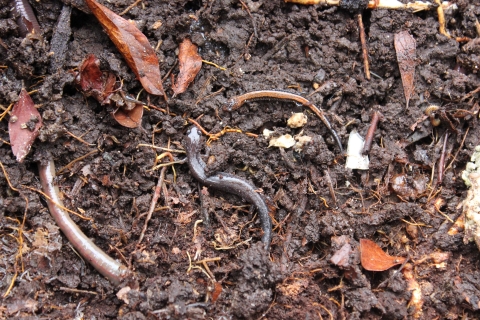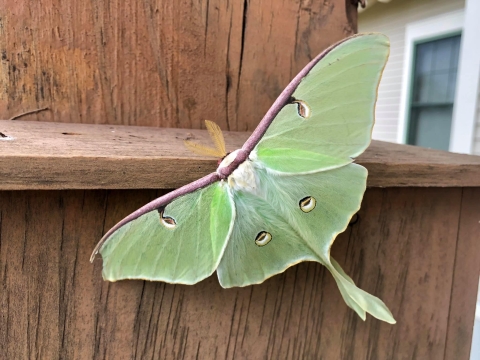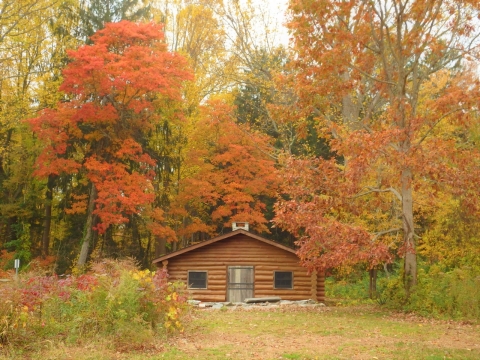Fall is here in the Northeast! The days are shorter, nights are colder and the leaves are changing colors. Fall for many means sugary sweets, flannel shirts and breathtaking views but for some the excitement is short lived, eclipsed by ever-dreaded lawn care. We love fall leaves while they’re in our trees, attracting visitors from far and wide to witness the vibrant transformation. They’re a stunning landmark and an unbelievable wonder, that is, until they are on our lawns. Then these delightful bursts of color become, to most, an unavoidable nuisance. Heft the leaf blower out of the garage and break out the rake because nothing screams fall enjoyment like long hours and lower-back pain.
The answer to every homeowner’s pleas for a better way is simple, we just stop. You read that right, we can leave the leaves. Go spend a day on a hike through the foliage, maybe visit your local wildlife refuge, and rest easy knowing your lawn has transitioned from its manicured past into a sanctuary for wintering wildlife.
When we rake and blow leaves we tend to see only the eyesore, unaware of the wildlife that flourishes beneath. Leaf litter is a great source of nutrients for insects including earthworms, snails and millipedes. These insects consume the decomposing leaves and they in turn become a buffet for an array of bird species like blue jays and chickadees. Several species of butterflies and moths lay their eggs among leaf litter, establishing the next generation of pollinators needed for plant reproduction. Other species like the Luna moth, overwinter in cocoons and rely on fallen leaves to keep them hidden and safe from predators. Endangered species like the rusty patched bumble bee will overwinter beneath leaf litter, waiting to return in the spring. Larger animals such as snakes, salamanders, turtles and toads take cover beneath leaves, ducking away from predators and foraging for their next meal.
Packaging our leaves and shipping them to landfills may have unintended consequences. Not only are homeowners potentially disrupting and displacing important native species but they are throwing away perfectly good, natural, mulch. Although wildlife may find it ideal to let the leaves lie where they land, we understand some landscape companies and likely your neighbors would be aghast at the suggestion. The truth is a typical light coverage of leaves on your lawn is not going to harm your grass in the least; in fact decomposing leaves contribute nutrients that your soil needs to produce a vibrant green lawn in the spring. However, if you have a thick coverage of leaves, a nosey and particular neighbor, or just can’t stand the sight, there are more wildlife-friendly options to tidy up the portions of your lawn that are on display.
Leaves can be gathered and even composted for a nutrient rich, natural, garden mulch. Use a rake to gather leaves together, as a rake will be much less harmful to the wildlife living within the leaves than large machinery like a leaf blower. The leaf coverage on garden beds can be surprisingly thick as long as you do not cover your more delicate plants. If you have many larger leaves, you can crumble or mulch them for easier decomposition.
Instead of stuffing leaves into harmful plastic bags, push leaves into small piles on the outskirts of your property, away from roadways, walkways and storm drains. The colorful mounds not only look festive but will create a habitat where wildlife can flourish without ruining your landscape aesthetic. One of the best ways homeowners can support their local wildlife is by reducing the size of their lawn and leaving the property that they don’t directly use to grow wild and unmanaged. By being mindful of our interactions with the environment we can not only protect wildlife but save ourselves time, money and resources.
This fall kick up your feet, sip your pumpkin spice, watch the leaves fall, and let your home-owners association know, you’re not lazy, you’re a conservationist.






